Will Herbs From Garden Be Good To Pick In Late Sept Early October
There are plenty of ideas for what to plant in September. The garden's peak growing season may be winding down, but it is an ideal time to plant hardy annuals and spring bulbs, as well as short-season edibles and crops for winter harvests.
September is also an optimum month for planting shrubs and trees so that their roots have time to establish before the colder weather sets in.
As the nights turn cooler and days shorten, it signals summer is drawing to an end, but make the most of the golden days to keep busy planting and planning as part of your garden ideas.
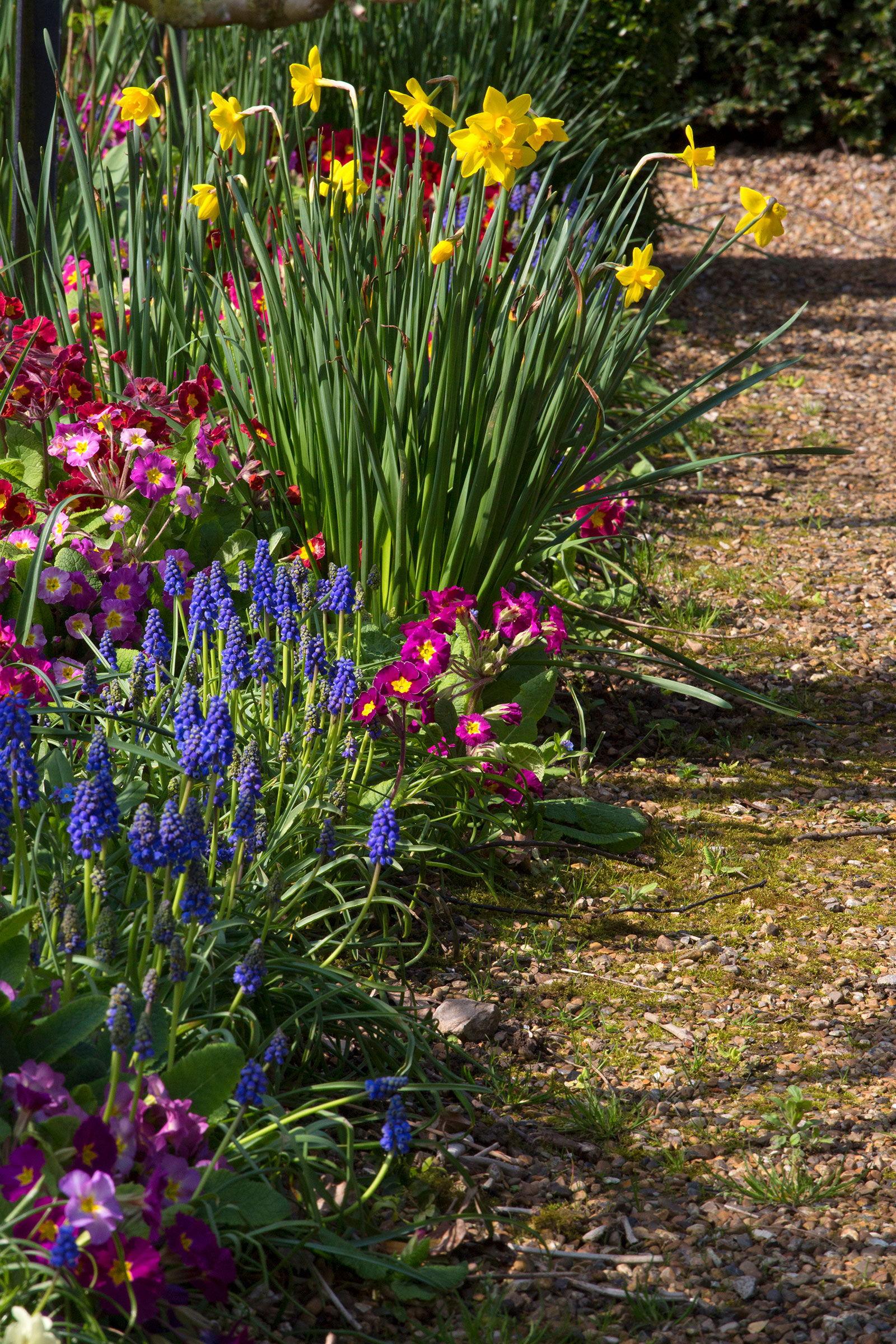
(Image credit: Leigh Clapp)
What to plant in September – flowers for spring color
When it comes to choosing what to plant in September, there are many hardy annuals to pick from. Sowing the seeds in fall will often result in more robust plants that have a bit of a head start so will flower earlier in spring next year.
'You'll get bigger, better plants which can flower a good six weeks earlier than those that are spring sown,' explains plant expert Sarah Raven.
It is also a good time to be planting spring bulbs while the ground is still warm, along with some hardy winter flowering perennials.
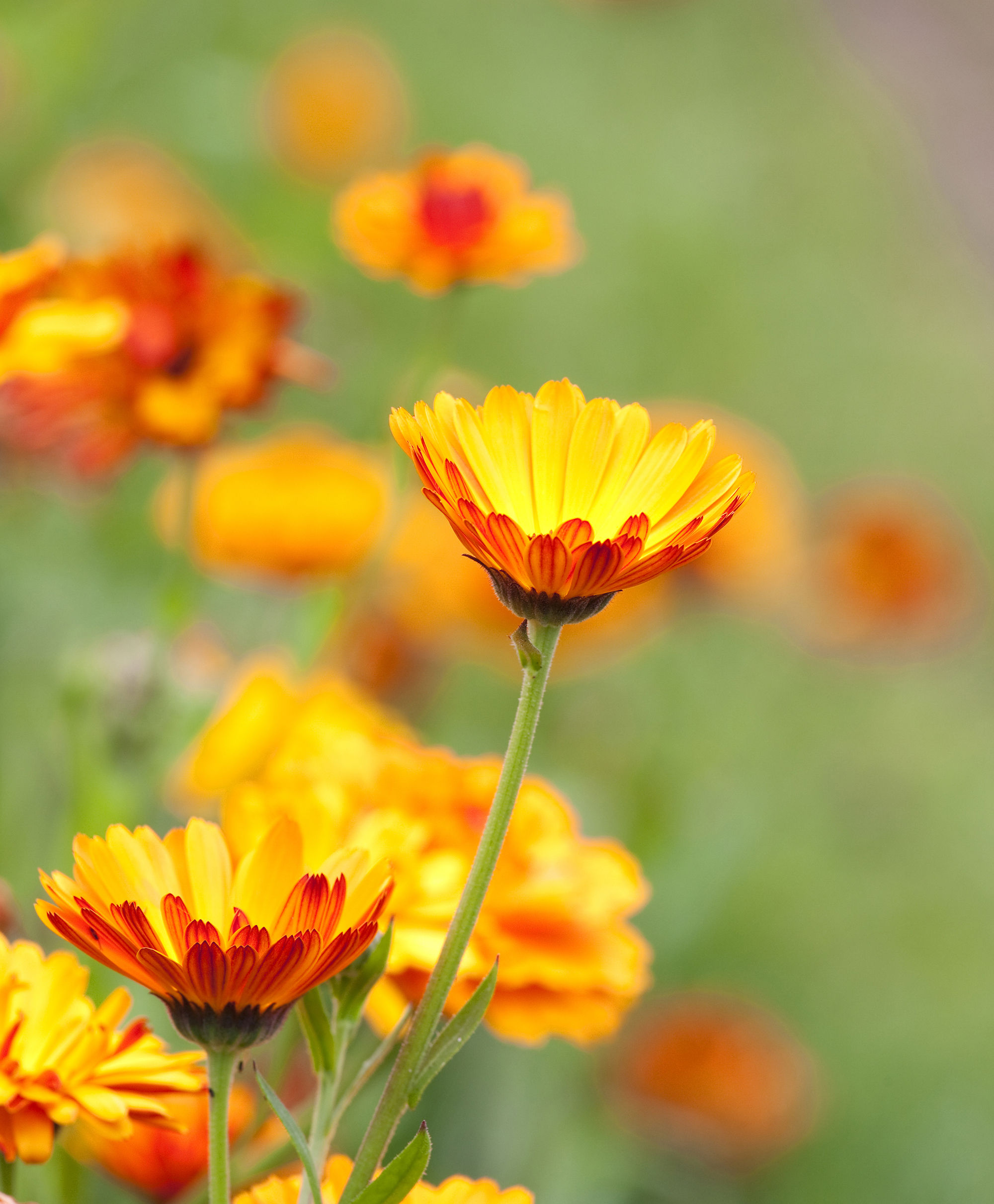
(Image credit: Future)
1. Calendula – English or pot marigolds
Hardy annuals, calendula bring a cheery splash of color to beds and borders, and their deep orange petals can also be used raw in salads.
Also known as English or pot marigolds, they should not, however, be confused with marigolds that are part of the tagetes family. How to grow marigolds of this variety is quite different.
Sow calendula seeds in September where they are to flower. First improve the soil with well-rotted compost, or use a peat-free multi-purpose compost if planting in containers. Sow the seed thinly in rows, 1/2 inch (1cm) deep, and cover lightly with soil. Keep them weed-free while they germinate, and once seedlings have grown, thin them to 4-6 inches (10-15cm) apart. They should flower in May when sown in the fall.
Loved by bees and butterflies, calendula also makes an excellent flower choice for companion planting in the vegetable patch, as its strong scent also confuses pests.
'If you want a plant that works hard and looks great, you need calendula in your garden,' says Amy Enfield of Bonnies Plants.
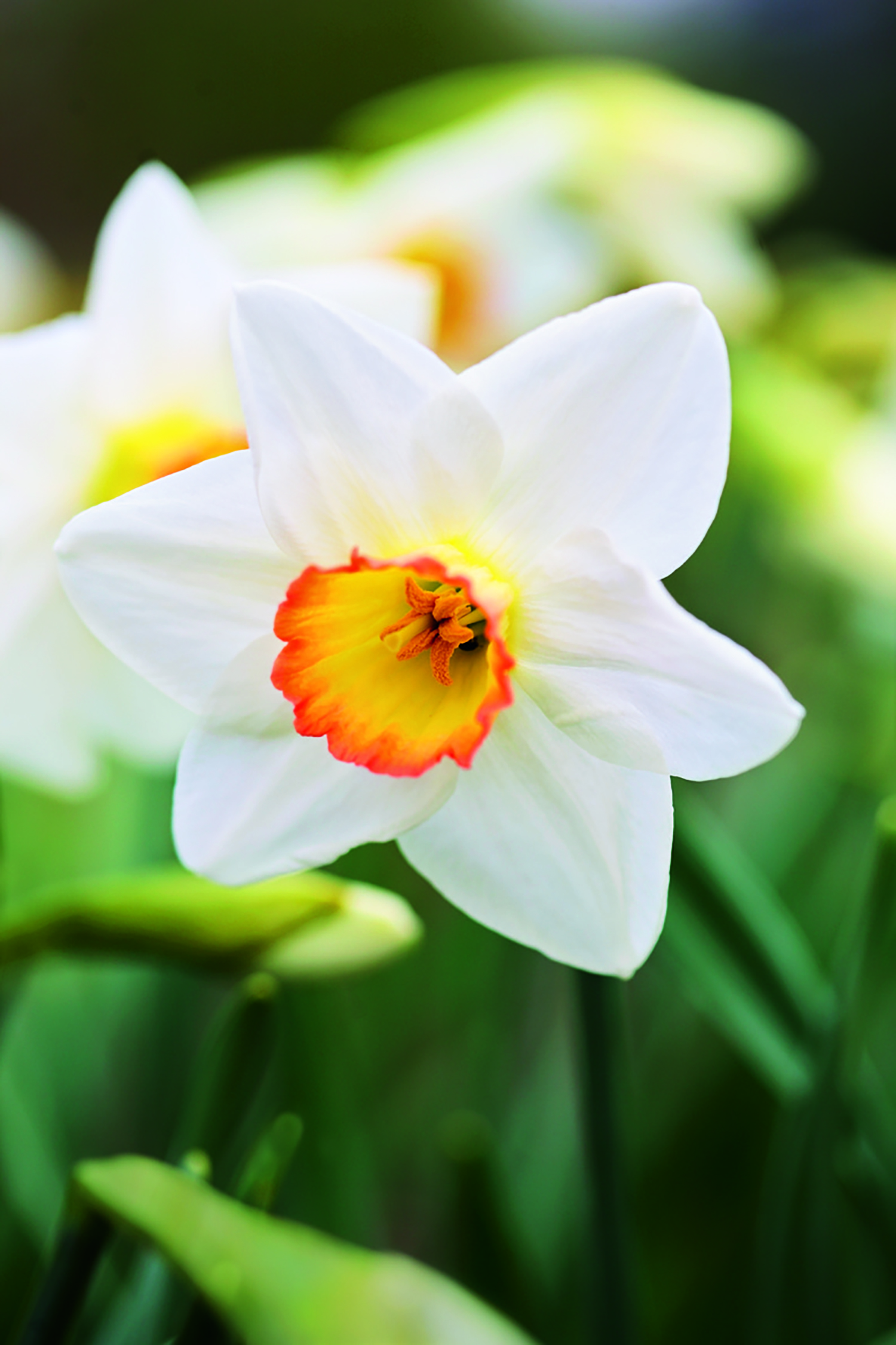
(Image credit: Future)
2. Daffodils
The harbingers of spring, daffodils and narcissi fill beds and borders with their gently nodding yellow or white heads, or can be naturalised in lawns and meadows. With myriad varieties available, you'll be spoilt for choice when deciding what to plant in September.
Daffodil bulbs are best planted in fall, in sun or part shade. They like well drained soil and should be planted 4-6 inches (10-15cm) below the surface of the soil and the same distance apart.
'You need to plant the bulbs deep so that they have stronger stems, but also so there is less chance of damaging the bulbs when you dig in new plants next year,' explains gardening expert Monty Don in a video for Gardeners' World.
'Daffodils should stay and flower for years and years,' adds Monty.
Also ideal for spring container gardening displays, ensure the daffodils are planted in a pot has adequate drainage by putting some broken crockery or stones in the bottom, and then fill with multi-purpose compost. Water thoroughly and leave the pots in a cool spot until leaves appear.
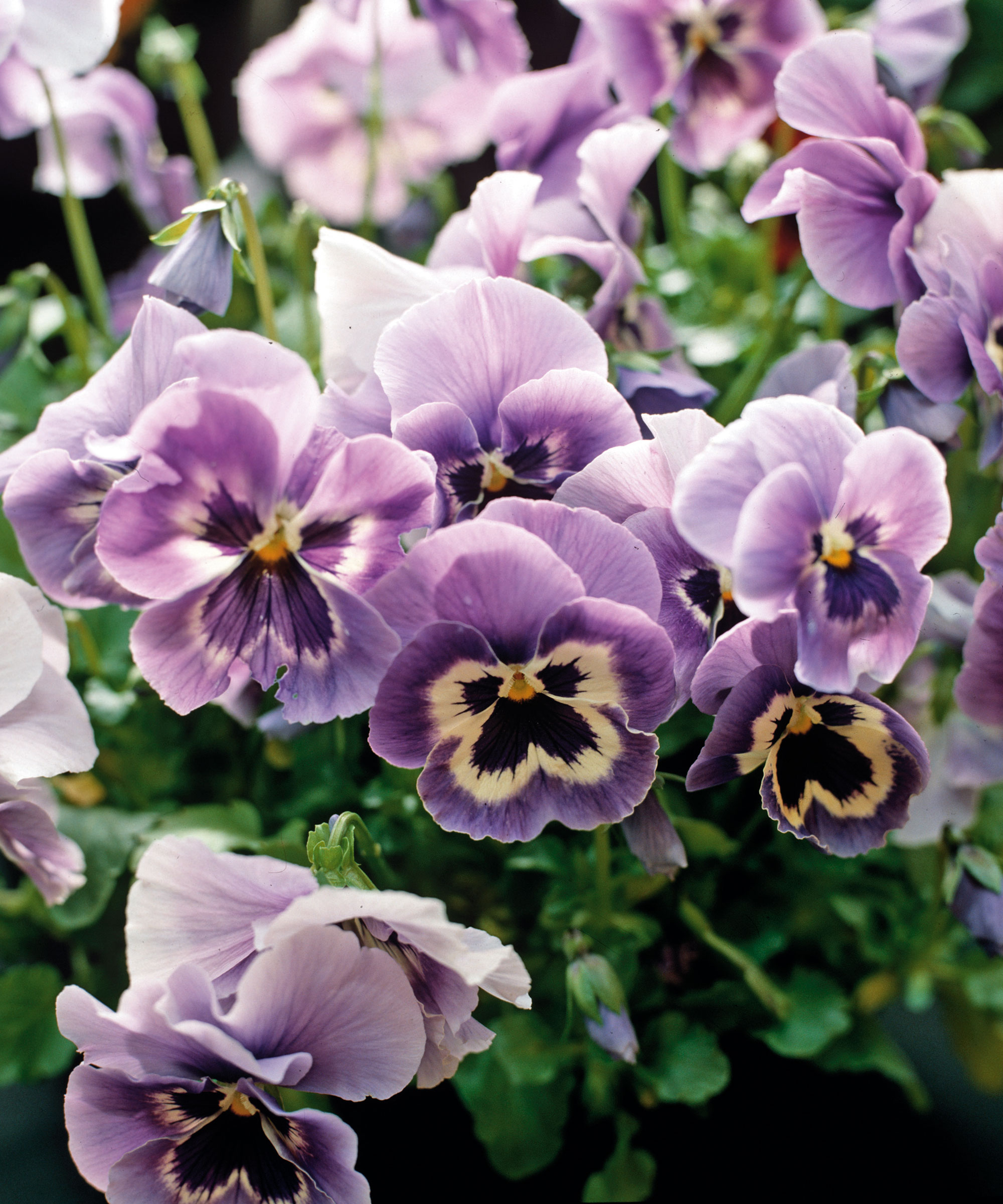
(Image credit: Future)
3. Pansies
Winter flowering pansies can breathe new life into your fall garden and brighten up garden beds and containers through the colder and darker months with their pretty blooms available in a huge array of colorful combinations.
'Pansies are very easy to grow and require only a minimum of care to provide a very long flowering season,' explains Simon Crawford at Burpee Europe.
Start planting these small perennials in September to give their roots time to grow enough to survive winter. Plus, by planting pansies in fall, you'll get to enjoy their flowers through winter and again in spring.
Ideally plant pansies in full sun, but they can withstand partial shade. Improve the soil first with compost and plant around 4 inches (10 cm) apart for bush pansies, or 6 inches (15 cm) for trailing varieties.
Fertilize after planting and add a thick layer of mulch around them once the ground freezes to help them overwinter.
To guarantee more color and interest in your garden through the winter months, also choose some of the best winter flowers to plant.
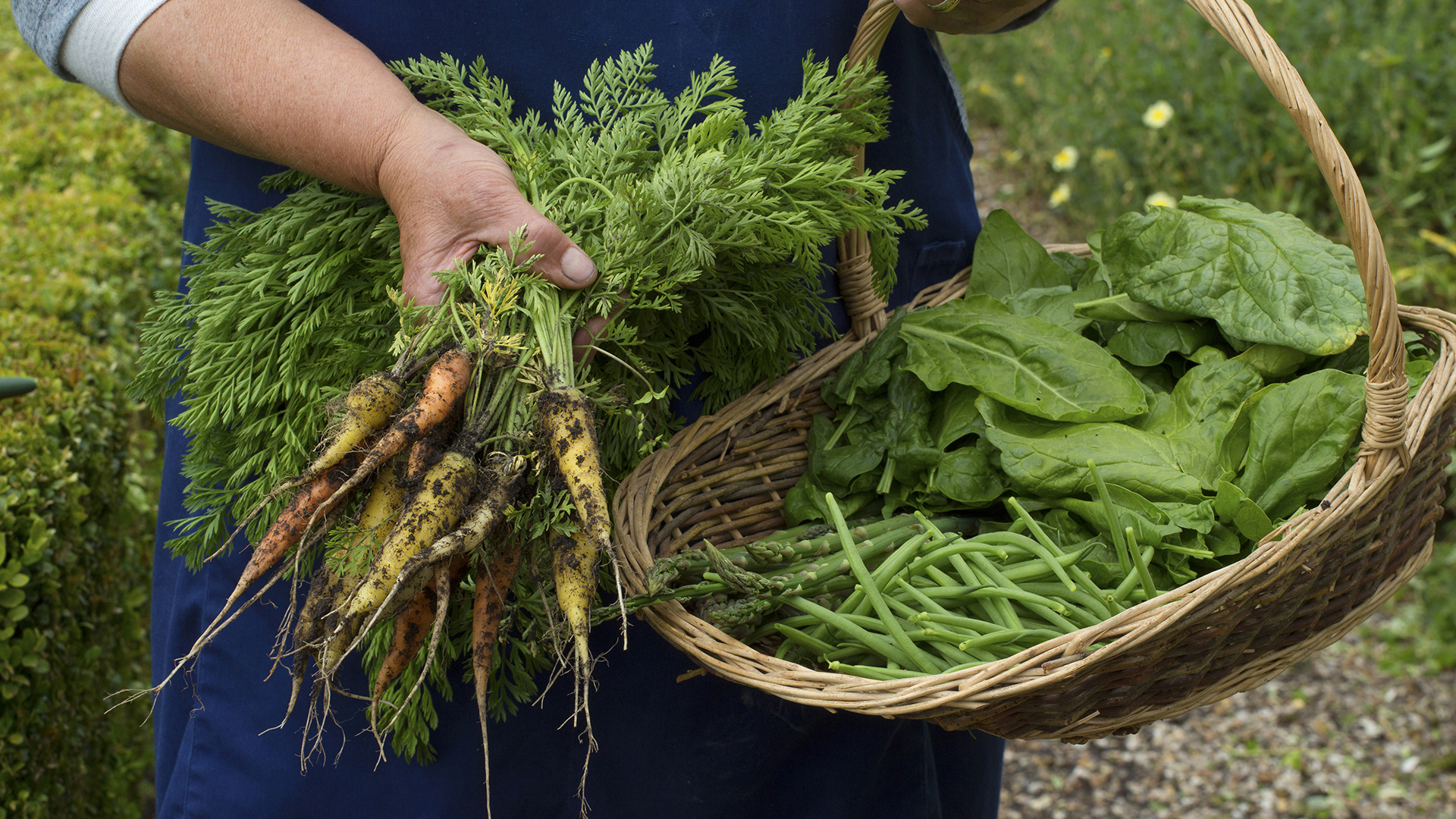
(Image credit: Leigh Clapp)
Vegetables to plant in September
September is a bumper harvest month, so it can be hard to think ahead for future crops. There are, however, many vegetables to plant in September, so take the opportunity to plant crops that will provide winter harvests and earlier spring and summer veg, and which are also great additions for small vegetable garden ideas.
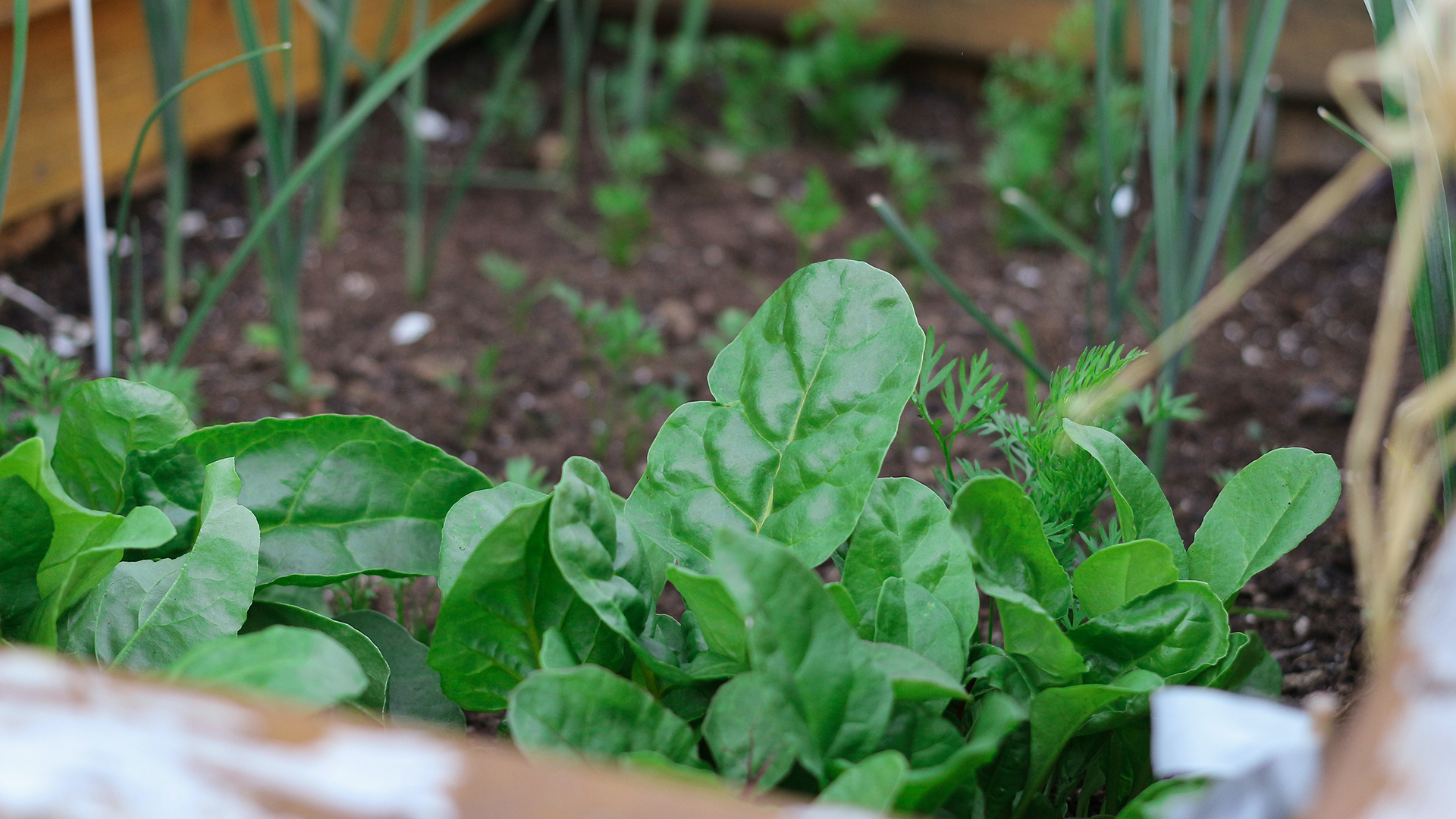
(Image credit: Sigmund/Unsplash)
1. Spinach
Tasty, nutritious and easy to grow, plant hardy winter varieties of spinach in September for a winter harvest. The versatile veg is great for adding to warming curries, pies or stews.
Sow the spinach seeds in a sunny spot, directly where where you want the crop to grow. Sprinkle the seeds thinly along a drill that's about 1inch (2.5cm) deep, and space rows 1ft (30cm) apart. You could be enjoying the first leaves within 6 to 10 weeks. Spinach is also a good crop for growing in containers.
The key to success in how to grow spinach is to first enrich the soil by digging in some good quality garden compost. 'There is no such thing as putting too much compost in garden soil. Vigorous spinach is tasty spinach,' advises Simon Crawford.
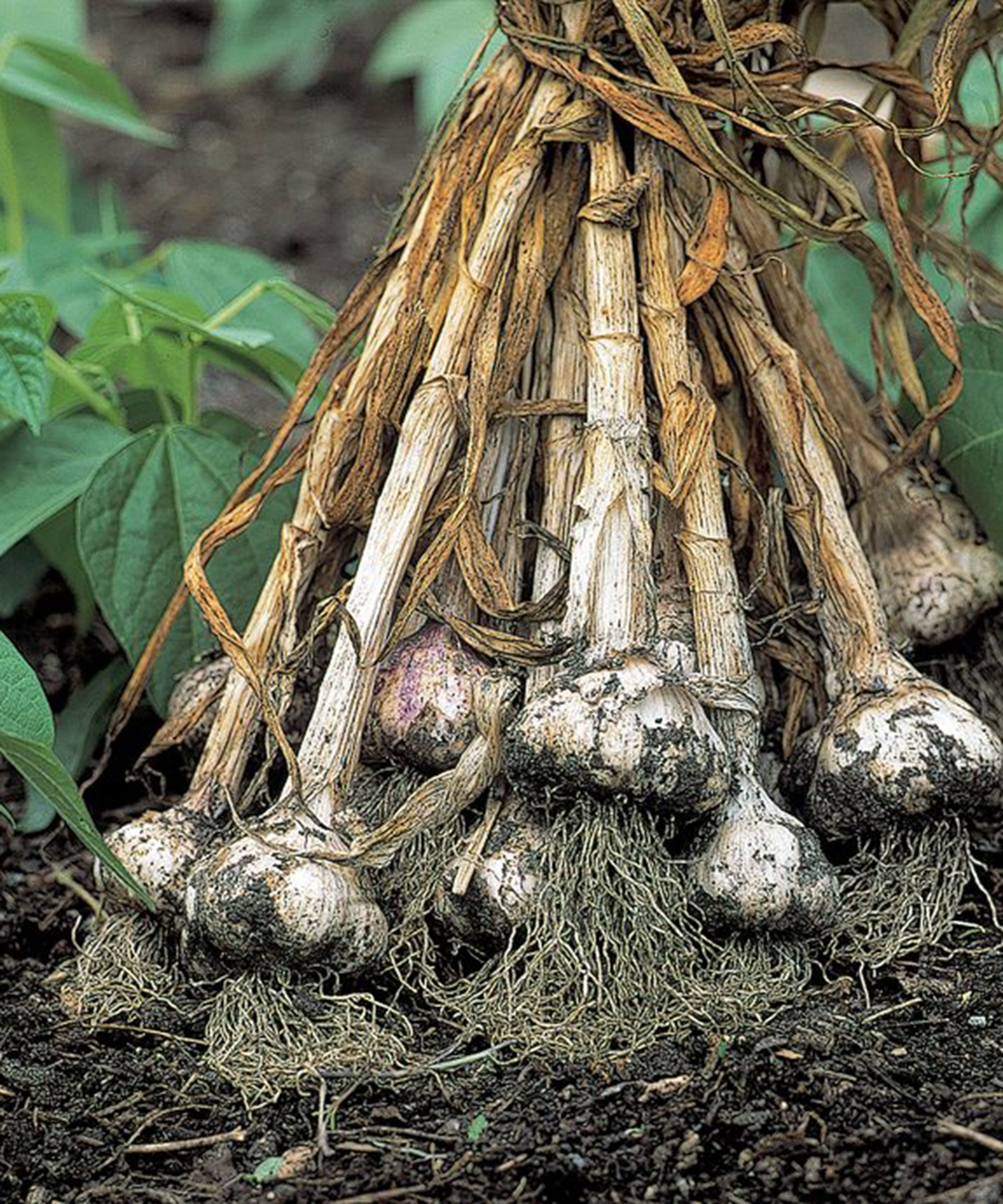
(Image credit: RHS/Georgi Mabee)
2. Garlic
Every home chef will reach for the garlic regularly, as these pungent bulbs are used to add flavor to myriad dishes.
September is the best time to plant garlic in a sunny spot, in well-drained, fertile soil, as the bulbs need a couple of months of cooler fall weather to develop well.
It will take about 10 months from planting the cloves in fall, until you can harvest your homegrown garlic bulbs and replenish your stocks of this essential kitchen ingredient.
Once you know how to grow garlic, you will discover it is an easy crop to add to your growing repertoire.
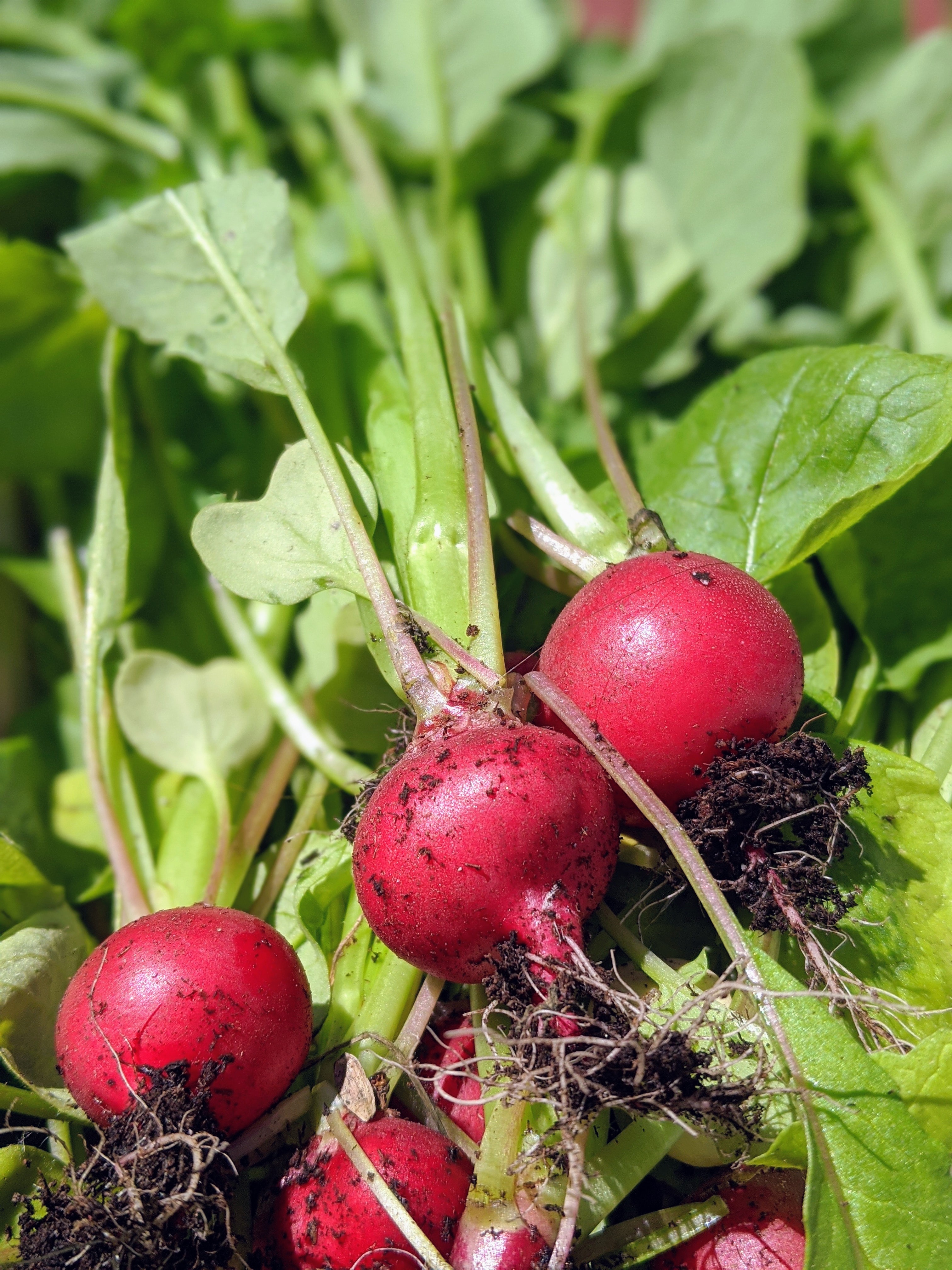
(Image credit: Unsplash)
3. Radishes
With their fresh, peppery taste and colorful skins, radishes can be added to salads or roasted for a more subtle, earthier flavor.
Fall grown radishes can be bigger and better as they are less likely to bolt quickly like their spring grown cousins.
A quick and easy fall crop, how to grow radishes successfully is to ensure they have a sunny position in moist well drained soil - as long as they have those conditions they can cope with most soil types.
They are quick to grow so sow radish seeds sparingly, but often, to enjoy a continual harvest through fall and winter.
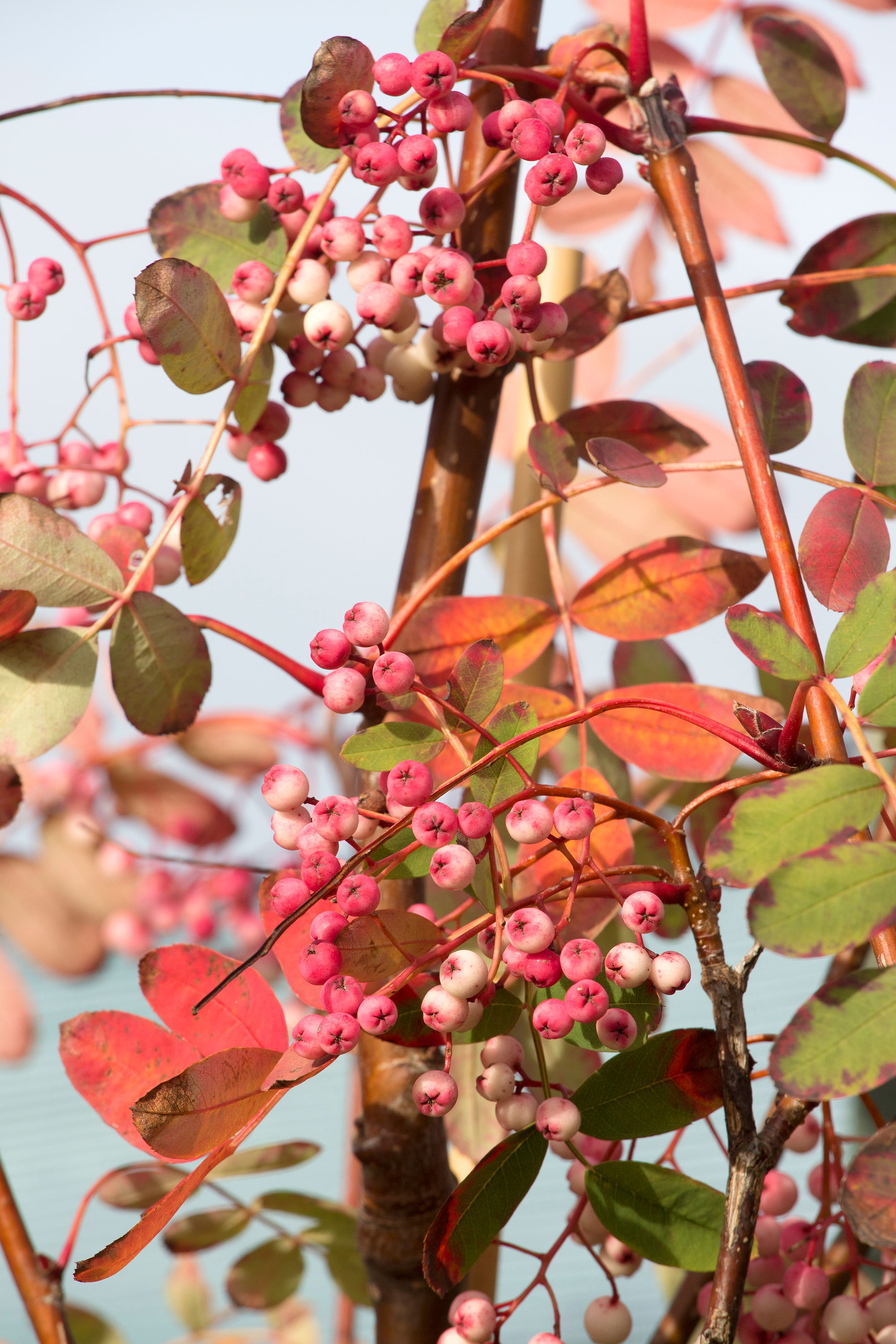
(Image credit: Leigh Clapp)
Shrubs and trees to plant in September
Early fall is nature's planting time - so when deciding what to plant in September look to evergreen trees and shrubs.
If planted at this time, trees and shrubs will require minimal attention as the roots should take well and establish while the soil is still warm and moist.
'Chances are, if you plant now you will have less aftercare to administer next season,' explains gardening writer Andy McIndoe and author of Shrubs:Discover the Perfect Plant for Every Place in Your Garden .
Ground preparation is the key to successful planting. Dig in plenty of homemade garden compost or a shrub and tree compost.
There are many options for trees and shrubs to plant in September that will also offer color through the season.
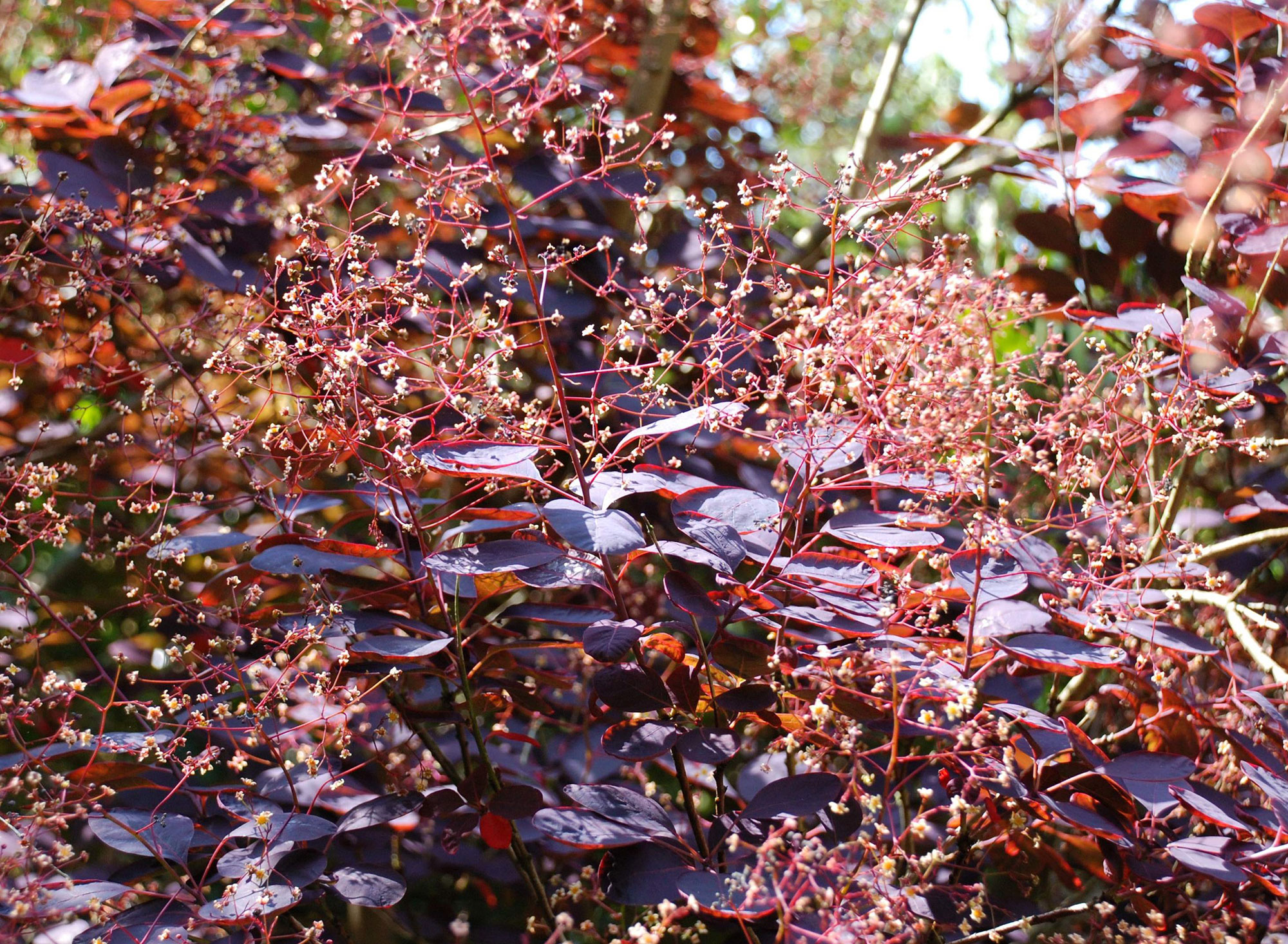
(Image credit: Future)
1. Cotinus – smoke bush
Cotinus varieties offer a range of leaf color, ranging from green to purple and lovely fiery hues of yellow to deep scarlet in fall.
Also known as the smoke bush, due to the soft pink summer flowers that resemble clouds of smoke, continus can grow quite large, although can be pruned to manage their size.
Be sure to water the plant thoroughly before removing from its pot and dig a hole deep and wide enough to fit the rootball with space around. Backfill and then firm the soil around the roots.
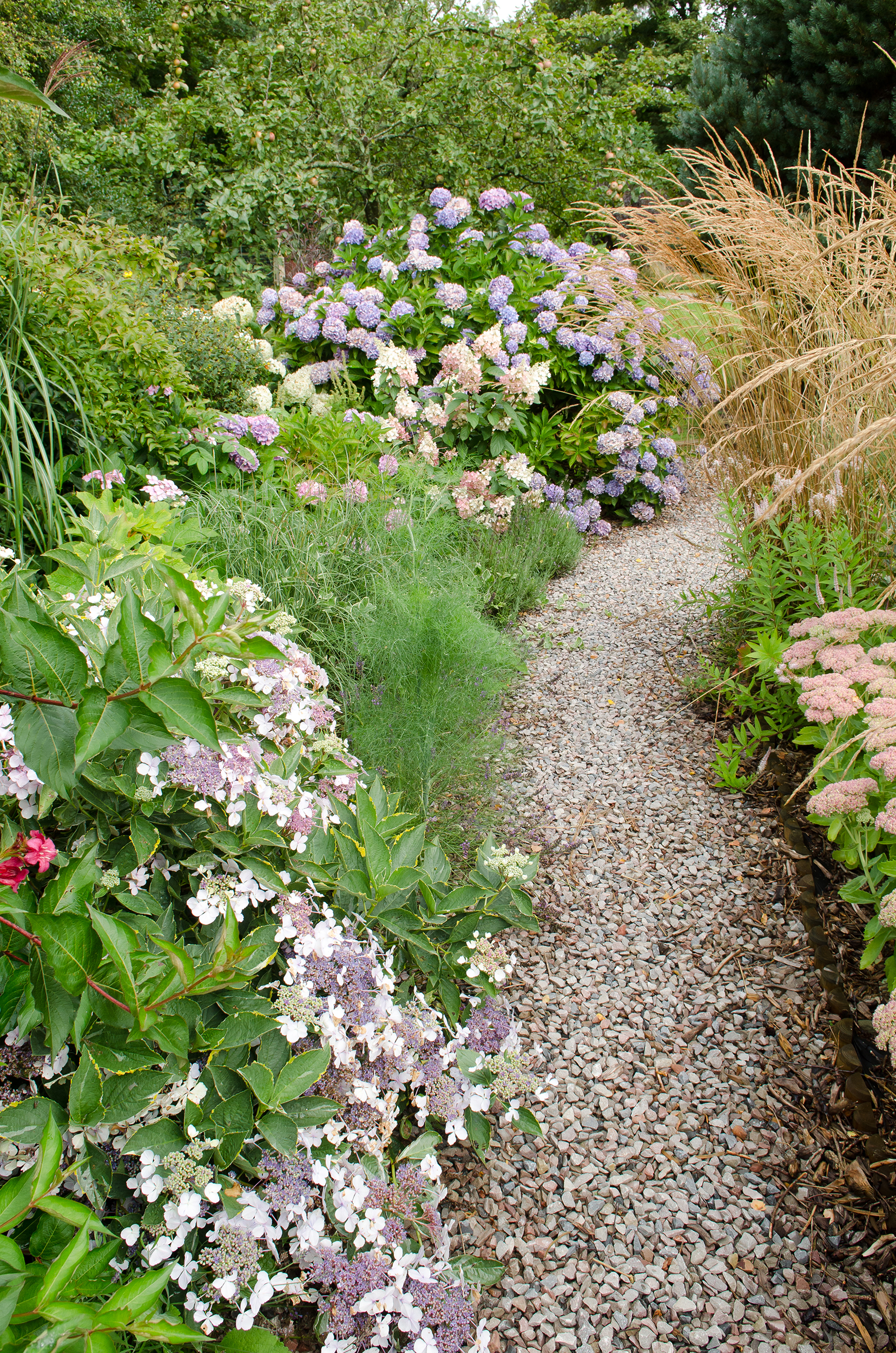
(Image credit: Peter Chatterton)
2. Hydrangeas
The striking flowerheads of hydrangeas are a common sight in gardens and come in a range of shapes and in shades of blue, pink and white.
'Hydrangeas are a beautiful choice for color throughout summer into autumn, and do best in dappled shade. Plant in swathes of mixed hues, or repeated varieties for impact,' says gardening expert Leigh Clapp.
This deciduous hardy shrub should be planted in September when the ground is warm and moist.
They do well in most soil types, as long as it is well drained, but the pH of the soil will change the color of the flowers of some varieties. Some plants that usually have pink flowers will appear blue if the soil is acidic rather than alkaline.
'As their names suggest, hydrangeas like moisture, so give the new plants a mulch with leaf mold to help keep the moisture in,' explains Monty Don.
With many different species, it is important to know how to grow hydrangeas so that you enjoy success with your plants.
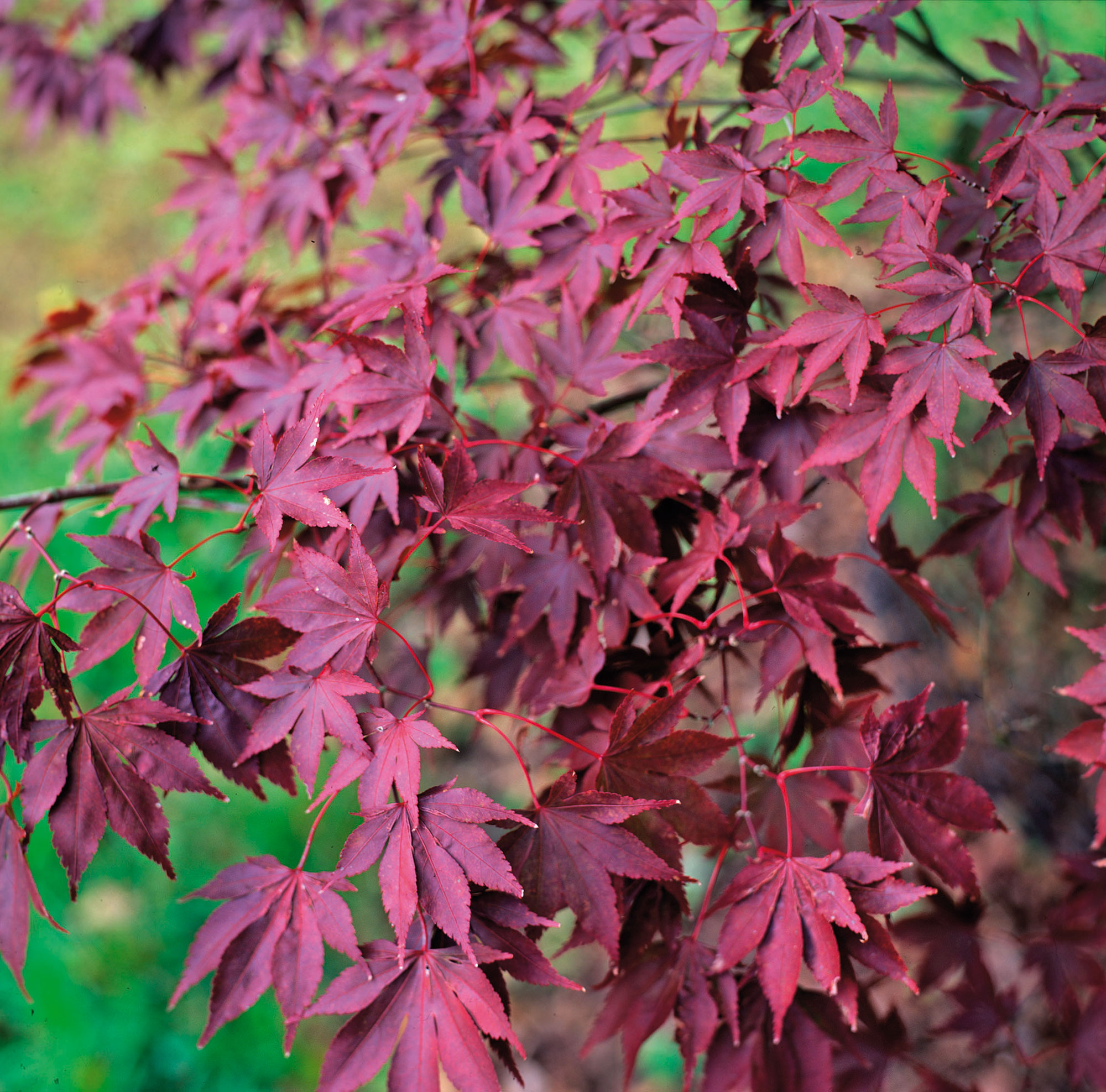
(Image credit: Future)
3. Japanese maple – acer palmatum
Varieties of Acer palmatum offer wonderful choices of color in fall and the trees have a variety of shapes.
'I would always choose a purple-leaved variety like 'Bloodgood' or 'Fireglow'. These give you colorful foliage through spring and summer and a splendid show in fall,' says Andy McIndoe.
For a Japanese garden, plant acers in September, choosing a sheltered, lightly shaded spot. Dig a hole twice as wide and a bit deeper than the root ball. If the soil is heavy add a layer of planting compost mixed with grit. Water well once planted and keep well watered in first growing season.
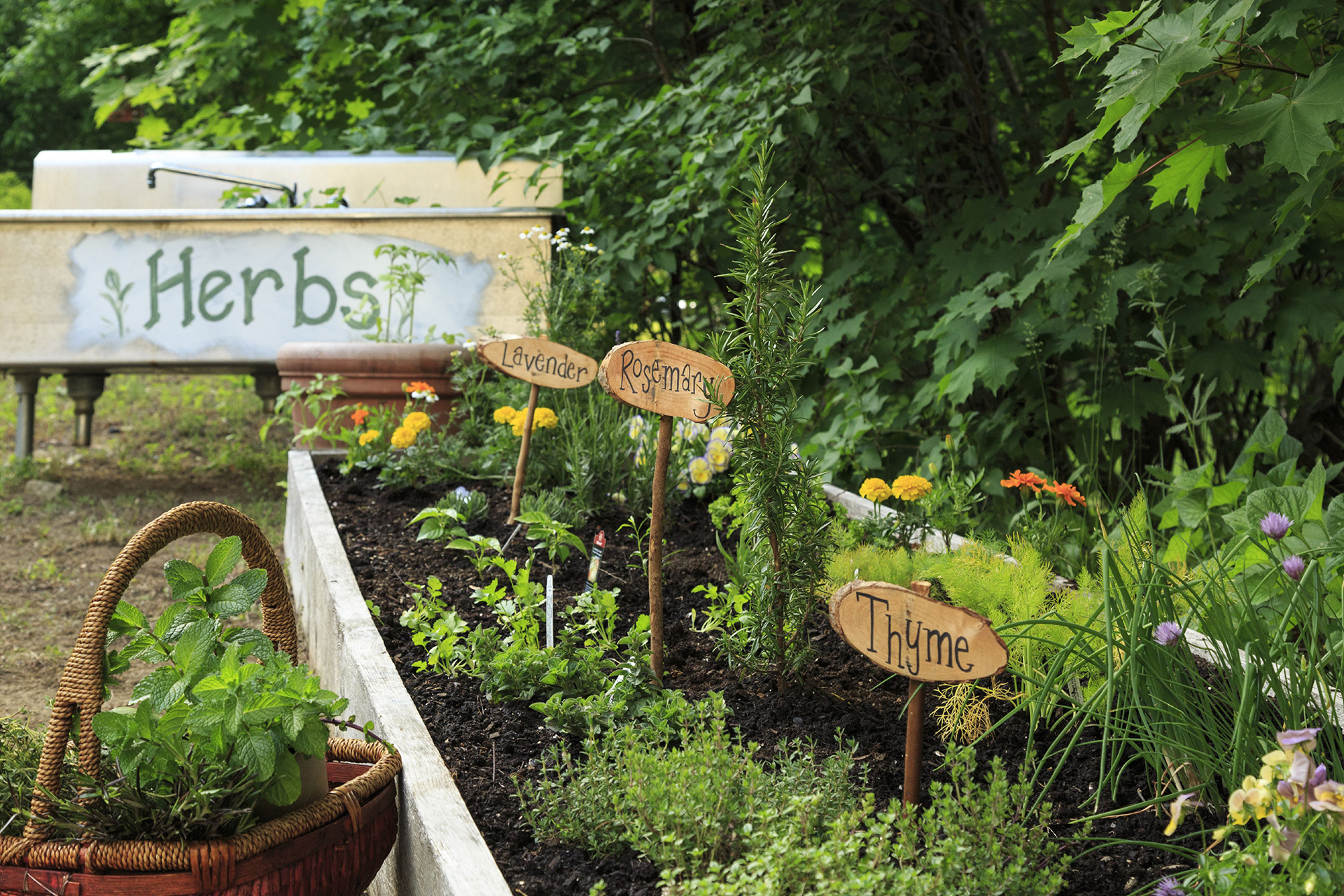
(Image credit: Getty Images)
Herbs and salads to plant in September
At this time of year, the warm soil, cooler weather, and moisture in the ground help herb and salad plants to establish quickly.
There are some herbs that actually grow better in fall than in spring as they are less likely to bolt with the weather is not so warm. This means September is a good time to plant certain herbs.
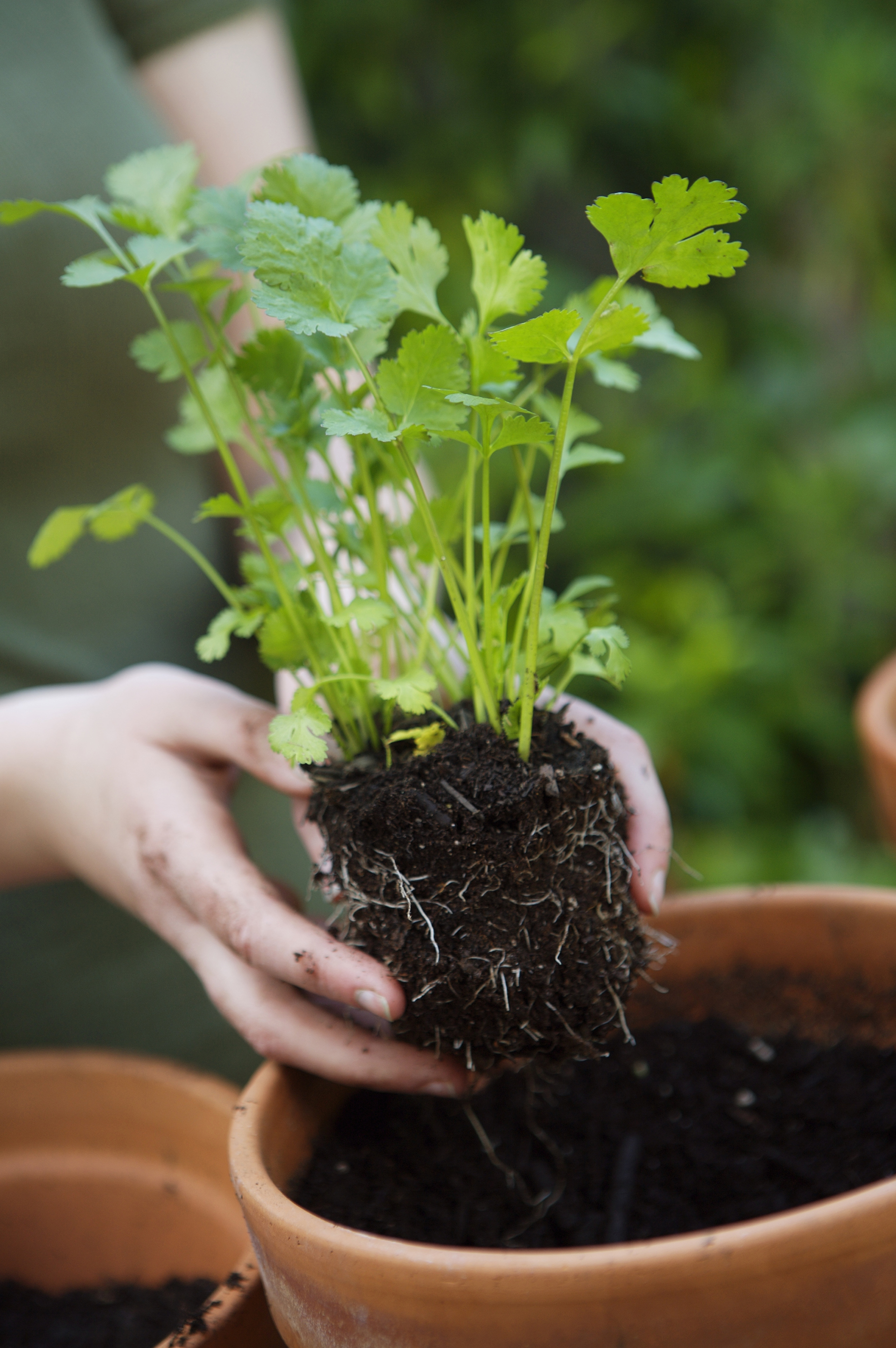
(Image credit: Getty Images)
1. Cilantro – coriander
Cilantro is used widely in eastern and Indian cooking and also adds a distinctive, pungent flavor to salad dishes,
Easy to grow, cilantro can be sown directly in the soil in September. Choose a spot close to the kitchen so that you can quickly pop out and harvest the leaves of this popular herb regularly for use in many dishes.
How to grow cilantro so that you can enjoy a continual harvest is to sow the seeds little and often.
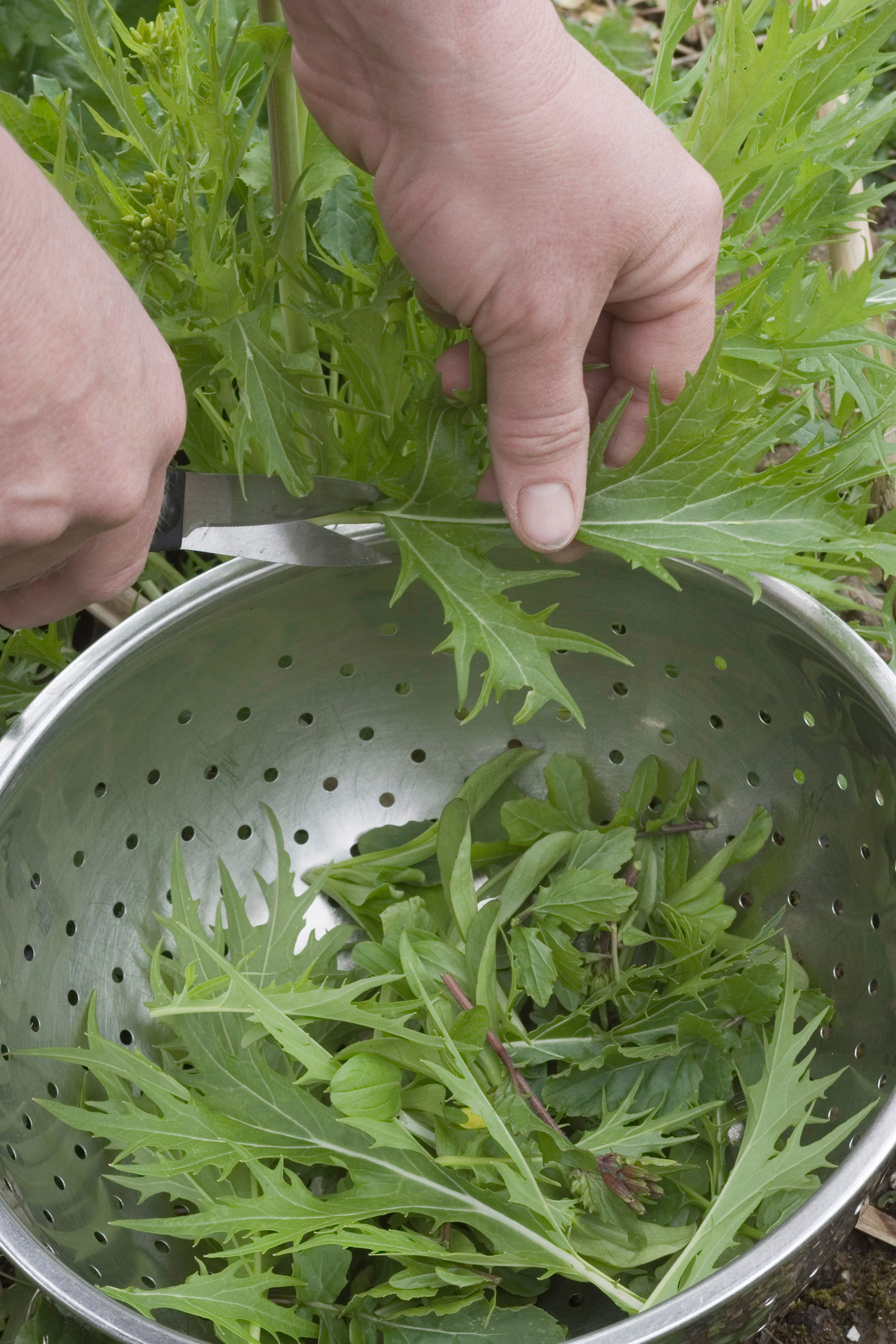
(Image credit: Future)
2. Rocket
Although we commonly associate them with summer dishes, salad leaves should not be discounted when considering what to plant in September.
Spicy and peppery rocket leaves are a great choice for planting in September and add a distinctive taste to salads, or added to pasta dishes before serving.
Sow a small amount of seeds in a sunny, weed-free patch with well-draining soil, every couple of weeks for successional harvests. Space seeds about 1 inch (3cm) apart, and cover lightly with soil, then water in well. Cover crops with horticultural fleece when the temperature drops.
You will be able to harvest leaves about 4 weeks after sowing, and pick the younger leaves, which are milder and more tender.
Rocket is on the list of crops that is an easy way to get started with kitchen garden ideas.

(Image credit: Unsplash)
3. Winter lettuce
Lettuces can be grown in fall and are always a winner on the vegetable patch. If you sow them every few weeks through September and October, you should be able to enjoy a supply of fresh leaves through to spring.
Growing winter lettuce is no different from how to grow lettuce in the spring and summer. In fact, as cool-season crops, the germination and growth rates of lettuce can be better when they are planted in September.
Choose a sheltered and sunny spot and dig in some organic matter. Sow winter lettuce seeds thinly in rows spaced 12 inches (30cm) apart, in drills approximately 1/2 inch (1cm) deep, and water thoroughly.
This is a great selection of crops to start you off, but there are many more options you could choose for what to plant in September when planning a kitchen garden.
Will Herbs From Garden Be Good To Pick In Late Sept Early October
Source: https://www.homesandgardens.com/advice/what-to-plant-in-september
Posted by: martinhambsood.blogspot.com

0 Response to "Will Herbs From Garden Be Good To Pick In Late Sept Early October"
Post a Comment